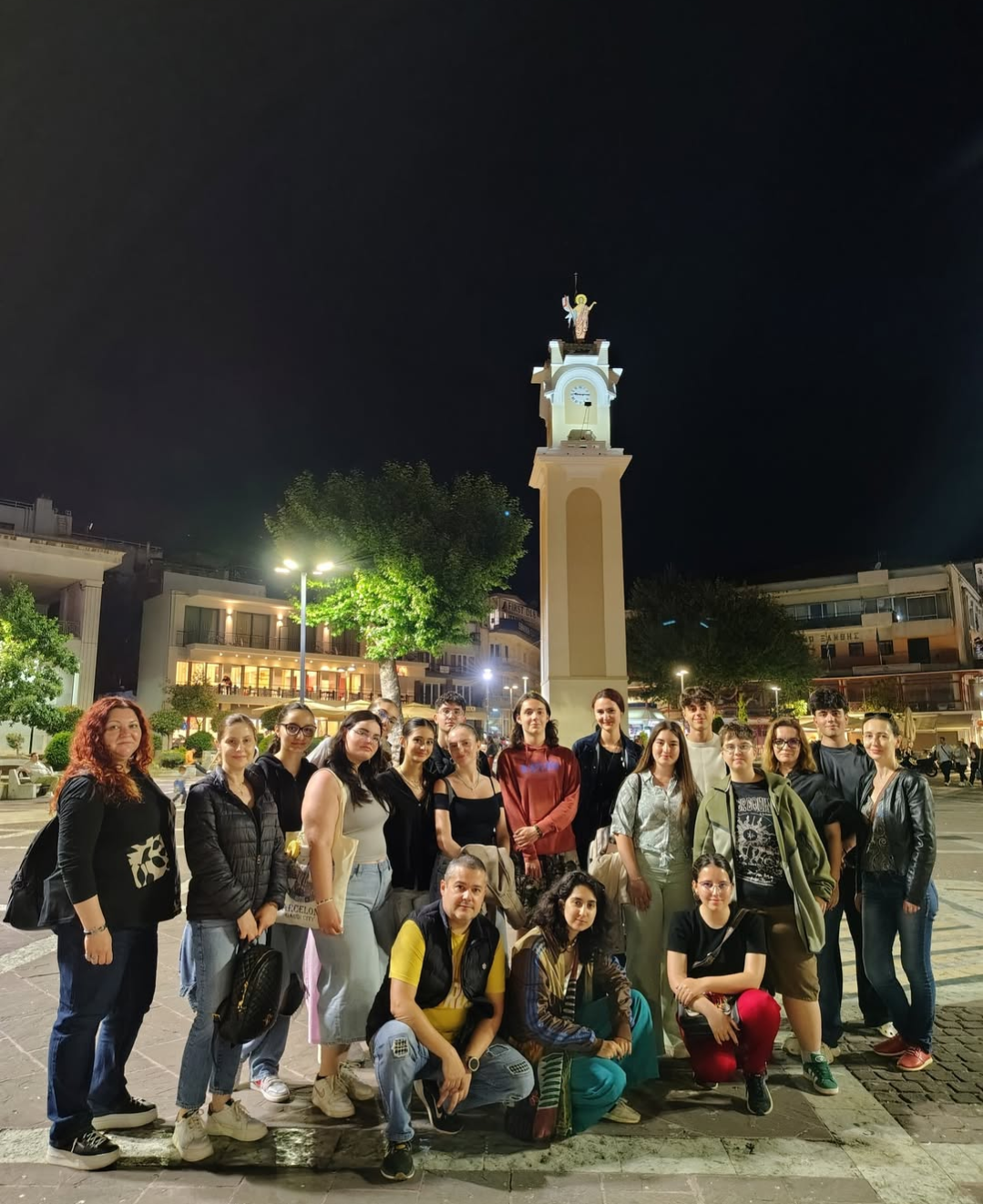Xanthi: Culture and History
Xanthi is a city in northern Greece, located in the region of Eastern Macedonia and Thrace. It has a population of around 55,000 people and is known for its multicultural character and historical significance.

The city’s history dates back to ancient times, with evidence of settlements from the 5th century BCE in the nearby ancient city of Abdera, the birthplace of philosophers Democritus and Protagoras. During the Byzantine era, Xanthi was a fortified town. Under Ottoman rule (15th–19th centuries), it grew into a prosperous center of commerce and administration. In the 19th century, the local economy thrived thanks to tobacco production, which led to the construction of large mansions, warehouses, and neoclassical buildings, many of which still stand and can be visited today in the Old Town.
Xanthi remained under Ottoman control until it was annexed by Greece in 1919 after the Balkan Wars and World War I. A significant Muslim minority, protected by the Treaty of Lausanne (1923), still lives in the area, mainly consisting of ethnic Turks.
Modern Xanthi is known for its well preserved Old Town, with buildings from the 19th and early 20th centuries, including the Folklore Museum and the Municipal Gallery.
Culturally, the city is famous for the annual Xanthi Carnival in February and the Old Town Festival in September. These events include music, traditional dances, theater, and parades. Local cuisine combines Greek, Thracian, and Middle Eastern influences, and the weekly bazaar (every Saturday) is one of the largest in northern Greece.
Xanthi is not only historically rich but also very much alive today, with a unique mix of cultures and tradition

|

|